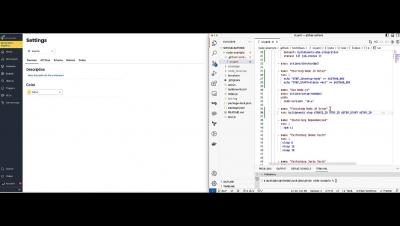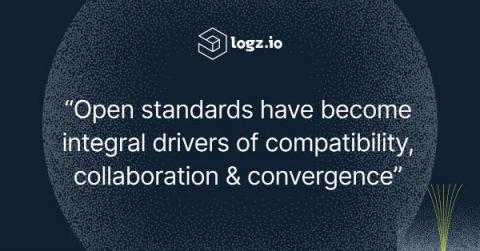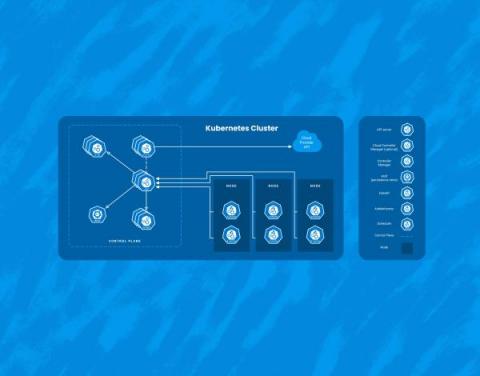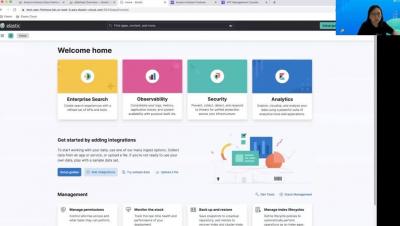Dynamic Observability Tools for API Live Debugging
Application Programming Interfaces (APIs) are a crucial building block in modern software development, allowing applications to communicate with each other and share data consistently. APIs are used to exchange data inside and between organizations, and the widespread adoption of microservices and asynchronous patterns boosted API adoption inside the application itself.











